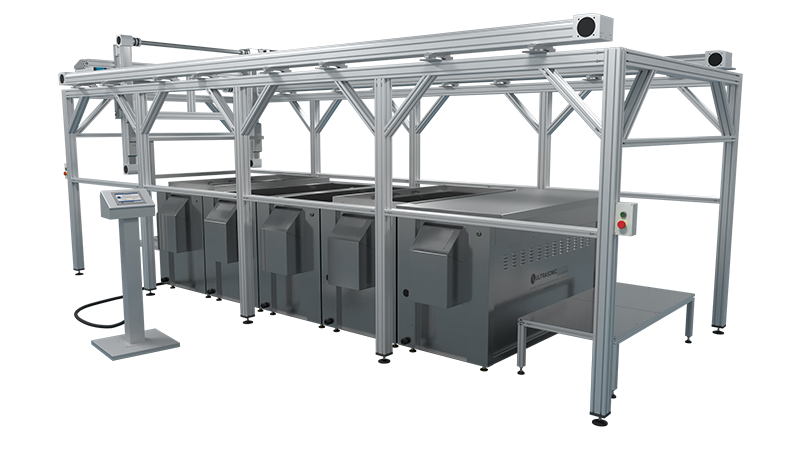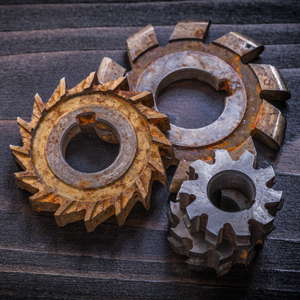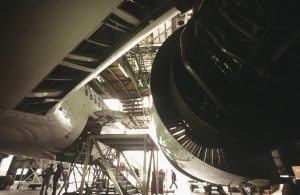Ultrasonic Passivation
Passivation of stainless steel parts and components is crucial in order to maintain the integrity of final products. Corrosion can have serious consequences, particularly when impacting steel used in important applications such as medical implants, automotive parts, and architectural structures. Ultrasonic passivation thoroughly cleans components and restores their protective layer, preparing the steel for its intended use. Both nitric acid passivation and citric acid passivation have their advantages and drawbacks, although the latter is becoming increasingly popular.

Trusted by the Best




What are the benefits of ultrasonics in your passivation process?
The passivation of stainless steel and other metals is vital to boosting their anti-corrosion properties. Contamination from a variety of sources is the main cause of stainless steel corrosion. If any foreign material resides on or within the metal’s surface, this can compromise the integrity of the chromium oxide layer. Passivation of stainless steel restores the layer to ensure the metal is properly protected. This process has a key role in many industries, including aerospace, automotive, medical, and architecture.
Ultrasonic passivation of stainless steel is highly effective at restoring the chromium oxide layer. First, the cleaning process removes contaminants from every part of the object’s surface, providing a far more thorough, precision clean than any other cleaning process. After rinsing, a nitric acid or citric acid solution is used to restore the corrosion-resistant properties to the surface. Ultrasonic passivation is a gentle process that facilitates a surface reaction, enabling the chromium oxide layer to reform.
Nitric or citric passivation, which is best for your application?
Nitric acid passivation is the traditional method used, but it has some disadvantages. The process uses nitric acid (a hazardous substance), requires elevated temperatures, and can take a relatively long time. That said, nitric acid passivation is very effective and the raw material is inexpensive.
Citric acid passivation is a relatively new process that offers several advantages. Since citric acid is far less hazardous than nitric acid, minimal safety equipment is required. The citric acid passivation process is much quicker and can be carried out at room temperature. Plus, with citric acid passivation there is far less concern around equipment corrosion or environmental damage (both issues with nitric acid passivation).
Automated Ultrasonic Passivation System
What is passivation?
A general passivation definition is the process by which the surface of the metal is treated such that a protective layer is formed. This boosts the anti-corrosive properties of the metal, for example, stainless steel, ensuring its proficiency as a vital material in a range of industries.
Is passivation a cleaning process?
Part of the passivation process involves cleaning, as surface contaminants can negatively impact the anti-corrosive properties of the steel. But the key step in passivation is the restoration of the chromium oxide layer using a special solution.
What solution is used for passivation?
The most popular solutions used for passivation are nitric acid or citric acid solutions.
What metals can you passivate?
Ultrasonic passivation of stainless steel is the most common, but you can passivate other metals including titanium and tantalum.
How long does the passivation process take?
It depends on the process being used, but nitric acid passivation can take several hours while citric acid passivation takes 5-20 minutes.





